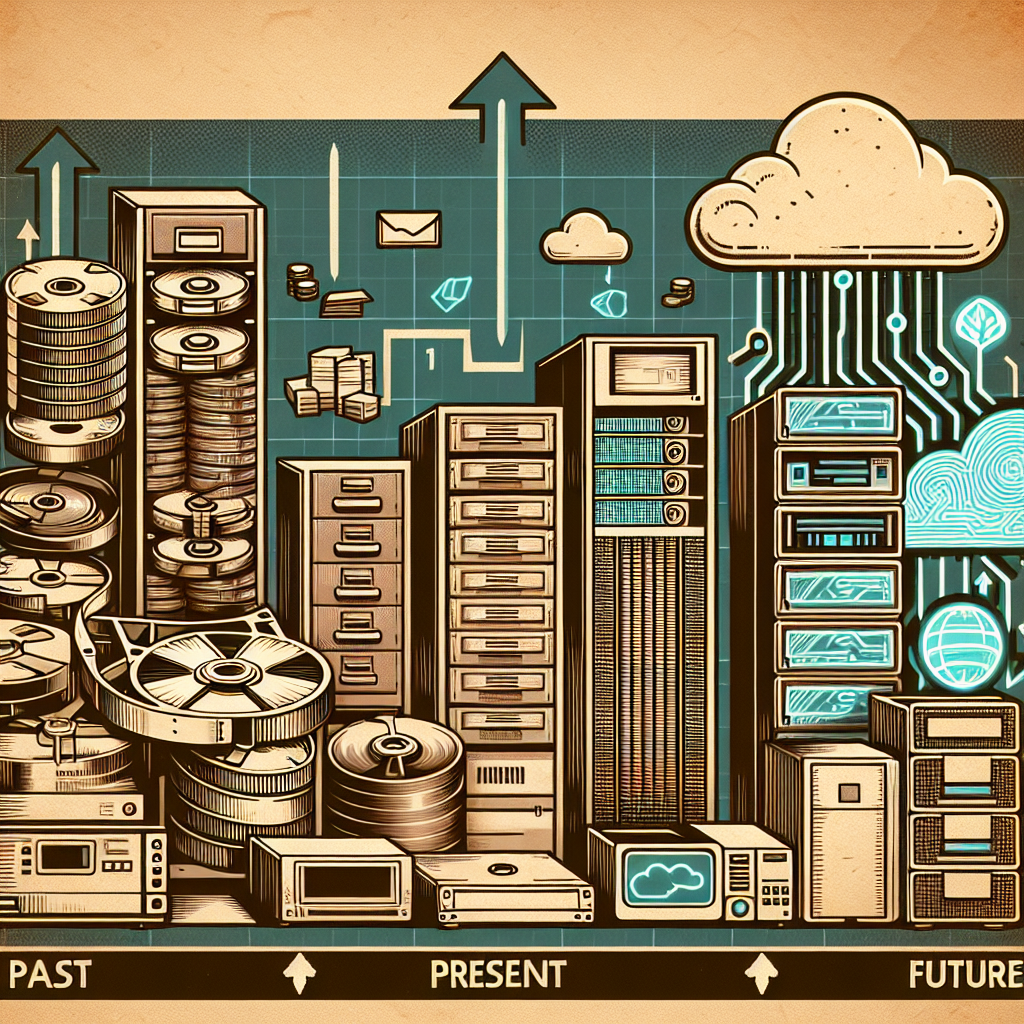Your cart is currently empty!
The Evolution of Data Center Storage: Past, Present, and Future

Data centers have come a long way in terms of storage capabilities over the years. From the early days of punch cards and magnetic tape to the cloud-based storage solutions of today, the evolution of data center storage has been nothing short of revolutionary.
In the past, data centers relied heavily on physical storage devices such as punch cards and magnetic tape to store and retrieve information. These methods were slow and cumbersome, requiring large amounts of physical space and maintenance to keep them running smoothly. As technology evolved, so did data center storage solutions.
The introduction of hard disk drives (HDD) in the 1950s marked a significant advancement in data center storage. HDDs allowed for faster access to data and increased storage capacity, making them a popular choice for storing large amounts of information. However, HDDs were still limited in terms of speed and reliability, leading to the development of solid-state drives (SSD) in the 1990s.
SSDs revolutionized data center storage by offering faster access times, lower power consumption, and increased reliability compared to HDDs. This made them ideal for high-performance applications and data-intensive workloads. In recent years, the adoption of SSDs in data centers has increased significantly, with many organizations opting for all-flash storage arrays to meet their storage needs.
The present state of data center storage is characterized by a shift towards cloud-based storage solutions. Cloud storage offers scalability, flexibility, and cost-effectiveness, making it an attractive option for organizations looking to store and manage their data more efficiently. With the rise of big data and the Internet of Things (IoT), data centers are facing increasing demands for storage capacity and performance, driving the need for innovative storage solutions.
Looking towards the future, data center storage is expected to continue evolving to meet the growing demands of modern business operations. Emerging technologies such as non-volatile memory express (NVMe) and storage-class memory (SCM) are poised to revolutionize data center storage by providing even faster access times and lower latency. These technologies will enable data centers to process and analyze data more quickly, driving innovation and efficiency in a rapidly changing digital landscape.
In conclusion, the evolution of data center storage has been a journey of innovation and advancement, from the humble beginnings of punch cards to the cutting-edge technologies of today. As data centers continue to adapt to the demands of modern business operations, the future of data center storage looks bright, with exciting new technologies on the horizon to drive further innovation and efficiency.

Leave a Reply